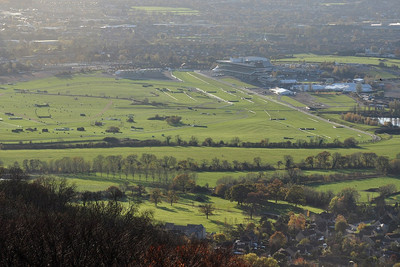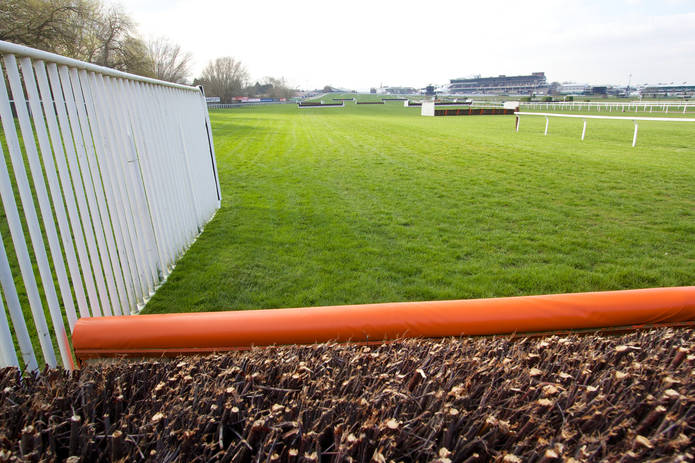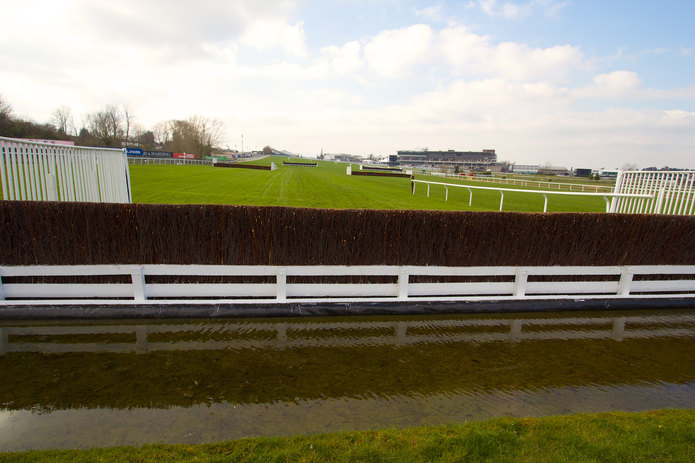
It’s a fact that can escape punters, but the Prestbury Park venue – home of the Cheltenham Festival and other meetings throughout the year – actually has two courses on which the drama unfolds.
It is worthwhile understanding the differences between the two, because despite sharing the same address the challenges they present to those running on them are stark.
One of the famous aspects of Cheltenham is the infamous hill, a severe incline that can test the stamina and will-to-win of even the sturdiest of National Hunt horses. But did you know that one of the courses features a more prominent final straight than the other?
Here are some other facts about the Old and the New Course at Cheltenham that may just help to shape your punting decisions.
The Old Course

Of the two main courses at Cheltenham, it is the Old Course that typically acts as a test of speed for those who run upon it.
It’s much tighter than the New Course, with the field staying close through the middle of the track. The turn for home is a narrow one and comes earlier in the layout than on the new, with two jumps to navigate before a downhill section leading into the final straight.
The run-in only features one obstacle and is much shorter than on the New Course is it still a testing ascent in front of the baying grandstand.
The starting position is the same on both the Old and New Course, although on this stretch there are four different starting points that can be used for races of varying lengths.
A change was made prior to the 2019 edition of the Cheltenham Festival. The second from last fence has been moved a further 10 yards up the hill. That’s because this obstacle was notorious for catching out horses unsighted, and so a number of jockeys had reported that a few extra steps would help their mounts get in balance before tackling the jump.
By moving it into the straight, there should be a further decrease in the fall rate, which has been lessened since changes to the Old Course in 2010. Equine welfare has been a hot potato for a while now, with fatalities at the 2018 Cheltenham Festival causing the BHA to step in and investigate further.
Which Horses Suit the Old Course?
Typically, the more fleet-footed horses tend to thrive on the Old Course – depending on the going – and so those who can run at a fair lick should be considered.
As is the case on quicker tracks, the ideal horse is one that is comfortable running from the front early on; and who has the gas in the tank to hold off any other fast finishers.
Generally, the Old Course is not a track where horses can pile through the field and make up ground in the latter stages of races.
What Meetings Does the Old Course Host?
Perhaps most famously, the Old Course hosts the first two days of racing at the Cheltenham Festival – apart from the Cross Country race (more on that later).
And so all of the Tuesday and Wednesday action unfolds on this testing track, from the Supreme Novices’ Hurdle and Arkle Chase to the Champion Hurdle and the Queen Mother Champion Chase.
The Old Course also plays host to the Showcase meeting, which typically takes place in late October each year. This is a meeting that brings together some established stars with newer horses and trainers looking to make their mark; an excellent signpost of things to come, then.
The Old Course also delivers the action for the November Meeting, which offers a number of first-class races including the Paddy Power Gold Cup.
The New Course

While the Old Course tests the flat-out speed of all who set foot upon it, the New Course has a rather different character.
The emphasis here is on stamina, with the famous charge up the Cheltenham hill – accompanied by the roar of the paying punters – leading to some of the most iconic finales to the prestigious races that play out on the track.
Starting from the same position as the Old Course, the New serves up a much wider descent from the top of the hill, which takes the field further away from the finishing line; hence why it is able to accompany different lengths of race.
The run-in from the final bend to the finish line is much more protracted, and only the gutsiest will take the tape in first as they climb the bill.
There are just two flights in the last six furlongs for hurdles races, and so the stamina is tested far greater with much more flat-out running required.
Which Horses Suit the New Course?
It’s all about the stayers on the New Course, and those who can finish strongly tend to be rewarded.
The New Course hosts many of Cheltenham Festival’s large-field races, and the spoils here are often claimed by those who time their closing assault to perfection, with leaders often setting off for home too soon.
You don’t need to worry too much about your horses running prominently here, as there are countless examples of winners ploughing through the field from further back.
What Meetings Does the New Course Host?
The New Course takes over hosting duties from the Old Course for the Thursday and Friday of the Cheltenham Festival.
And so the likes of the Ryanair Chase, the Stayers’ Hurdle and the king of them all, the Cheltenham Gold Cup, are run on the New Course.
Away from the Festival, you can also enjoy quality racing on the New Course for the Christmas Meeting, the New Year’s Day card and the prestigious Festival Trials Day.
Is There a Third Course at Cheltenham?
Yes, there is, and that is something often overlooked by punters.
Each year at the Cheltenham Festival there is the Cross Country Chase, a 3m 6f behemoth that requires its own unique trip at Prestbury Park.
It’s run on the main course, but takes in a unique mapping that includes its own special type of obstacles.
As well as at the Festival, this cross country layout is also on duty for some races on the card of the November and International meetings.